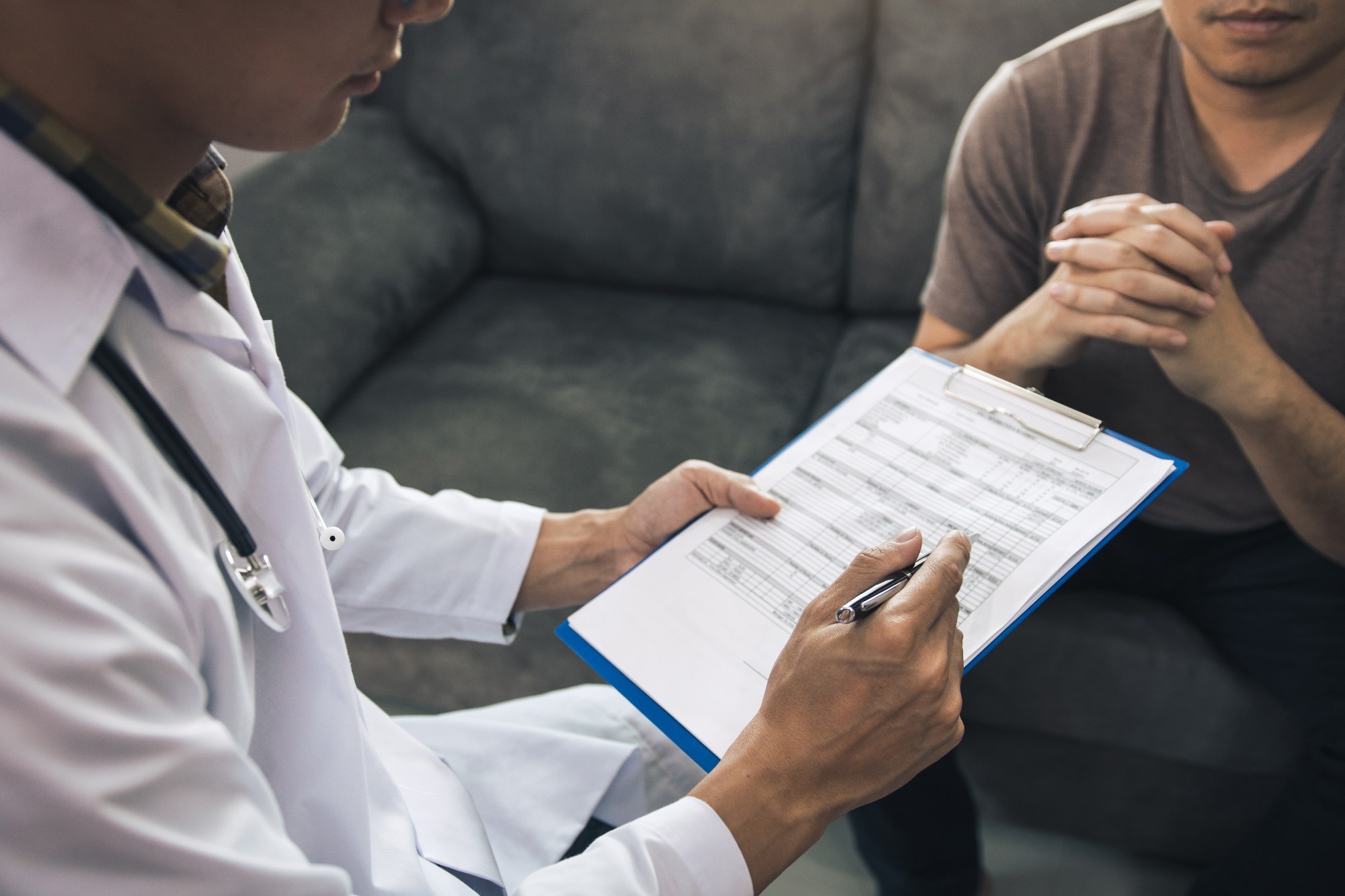In a recent study published in the journal Nature Mental Health, researchers examine the relationship between broadband internet access and mental health resource availability across United States counties, considering social determinants like urbanicity and poverty and identifying geographical patterns in this association.
 Study: The digital divide in access to broadband internet and mental healthcare. Image Credit: wutzkohphoto / Shutterstock.com
Study: The digital divide in access to broadband internet and mental healthcare. Image Credit: wutzkohphoto / Shutterstock.com
Background
Mental illness affects rural and urban areas equally in the U.S. However, rural regions, home to 20% of the population, have 60% of health-professional shortages and lower treatment rates due to limited specialists, stigma, and economic barriers.
The challenges in rural mental healthcare include attracting physicians who face potentially lower incomes and fewer opportunities for their families. The rise in mental health issues during the coronavirus disease 2019 (COVID-19) pandemic emphasized the role of telemedicine, which relies on broadband access for effectiveness.
Current research lacks a detailed analysis of how broadband availability correlates with mental healthcare, especially considering urban-rural and poverty differences. Thus, further research is crucial to understand these factors and improve healthcare access equitably.
About the study
In the present study, researchers employed a multi-faceted methodological approach. Moreover, they obtained estimates of the percentage of households without broadband access in each U.S. county from the Federal Communications Commission's (FCC) Mapping Broadband Health in America platform using the most recent data from 2020.
The density of various mental healthcare services available in each U.S. census tract was sourced from the University of Michigan National Neighborhood Data Archive. This included the density for every 1,000 residents of non-physician mental health practitioners, mental health physicians, psychiatric and substance abuse hospitals, and inpatient facilities for mental health or substance abuse care.
These densities were converted from for every 1,000 members of the population to for every 100,000 members. Population-weighted county-level densities were determined using census tract-level data.
U.S. counties' urbanization levels were classified using the 2013 Urban-Rural Classification Scheme, whereas poverty levels were assessed with the 2019 American Community Survey. Broadband access, mental health services, urbanization, and poverty rates were analyzed in counties using the Quantum Geographic Information System (QGIS) and Census Bureau's TIGER/Line Shapefiles.
The datasets were merged in QGIS by county, which resulted in a comprehensive dataset of mental healthcare access, broadband access, urbanization level, and poverty rate for each of the 3,142 U.S. counties. After excluding four counties that did not have both mental healthcare service data and broadband accessibility data, a total of 3,138 U.S. counties were included in the analysis.
The population-weighted average density of each type of mental healthcare provider and service in the United States was calculated. Additionally, the percentage of U.S. counties with zero providers of each mental healthcare service was recorded.
To quantify the association between broadband internet access and access to six mental healthcare resources and services, multivariate linear regressions were performed using urbanicity level and the poverty rate of each county as covariates. All data analyses were conducted using R statistical software.
Study findings
Significant disparities in the distribution and accessibility of mental healthcare resources were observed, particularly in areas with limited broadband access. Data from 3,138 U.S. counties were analyzed, in which the researchers focused on the percentage of households without broadband access, density of mental healthcare services, urbanization level, and percentage of households with income below the poverty line.
Counties with lower broadband access had significantly reduced densities of inpatient psychiatric and substance abuse treatment facilities, mental healthcare physicians, non-physician mental health practitioners, and outpatient facilities. These counties were also more likely to have no mental health physicians, non-physician mental health practitioners, or psychiatric or substance abuse hospitals.
Statistical tests, including two-sample t-tests and two-proportion z-tests, substantiated these findings, revealing a strong association between limited broadband access and reduced availability of mental health resources. Additionally, multivariate linear regressions were performed to quantify further these associations, in which factors like urbanicity level and poverty rate were also considered.
There remains an urgent need to expand access to mental health resources in low-income, rural, and medically under-resourced communities, considering their reduced access to both mental healthcare services and broadband internet.
Geographical trends in broadband access and mental health services, visualized in QGIS, highlighted specific regions where these disparities were particularly pronounced. These included the Midwest, West, and Alaska, which have high percentages of households lacking broadband access and lower densities of mental health treatment services.
Conclusions
The study findings underscore the intricate relationship between broadband internet access and the availability of mental health services, suggesting that broadband availability may serve as a valuable proxy in characterizing access to telehealth. These findings emphasize the importance of addressing these disparities through targeted interventions and policies aimed at improving equitable access to both broadband internet and mental healthcare resources.
Journal reference:
- Kohli, K., Jain, B., Patel, T.A. et al. (2024). The digital divide in access to broadband internet and mental healthcare. Nature Mental Health. doi:10.1038/s44220-023-00176-z